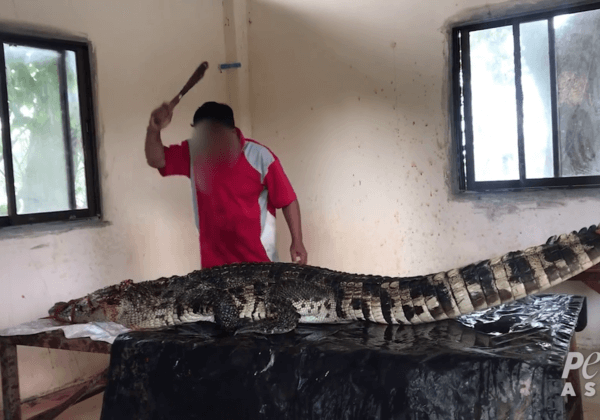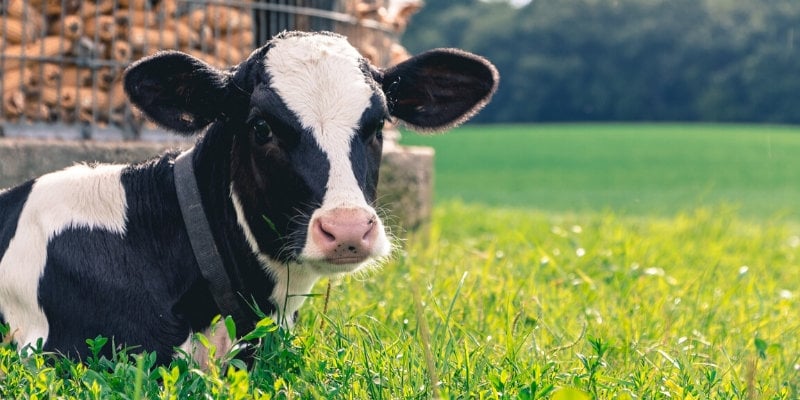5 Photos That Will Change How You Feel About Snakes
Snakes are beautiful and remarkable animals who have an unearned negative reputation. Some people have even come to fear these stunning animals, but in reality snakes have a lot more reasons to fear us.
Every year, at least 440,000 pythons are slaughtered in Indonesia, Malaysia, and Vietnam, just to be made into frivolous fashion accessories. The real number is probably much higher, as this figure doesn’t account for the thousands of illegally traded pythons who are exported annually. Most are torn from the wild in the jungles of Indonesia and Malaysia.

Once they are captured, their heads are hacked off with a machete. Others have their heads nailed to a tree and their skins slowly peeled off.

If they aren’t beheaded or nailed to a tree, they are bludgeoned and beaten. Their jaws are forced open so that a tube can be rammed down their throats in order to pump their bodies full of water and make their skins easier to remove. Ropes are tied tightly around their necks to prevent any fluids from escaping their bodies.

Their bloated bodies are slit open from end to end to loosen their skin.

Skins are ripped from the snakes’ bodies and shipped off to tanneries to be finished and sold to the fashion industry.

Because of the killing methods used, many snakes are still alive as they are tossed into a pile and left to die slowly. They often suffer for several days before dying from dehydration.
Snakes are not the only animals who suffer for fashion. Millions of lizards, alligators, crocodiles, and other reptiles are violently killed every year so that their skins can be torn from their bodies in order to make wallets, belts, boots, and handbags. Reptiles may be cold-blooded, but wearing their skins is cold-hearted.
Now that you know, what will you do about it? Snakes and other animals shouldn’t have to pay with their lives for your fashion. Take the pledge never to wear someone else’s skin, and share this article on Facebook and Twitter and with everyone you know.
Posted by Edwina Baier









